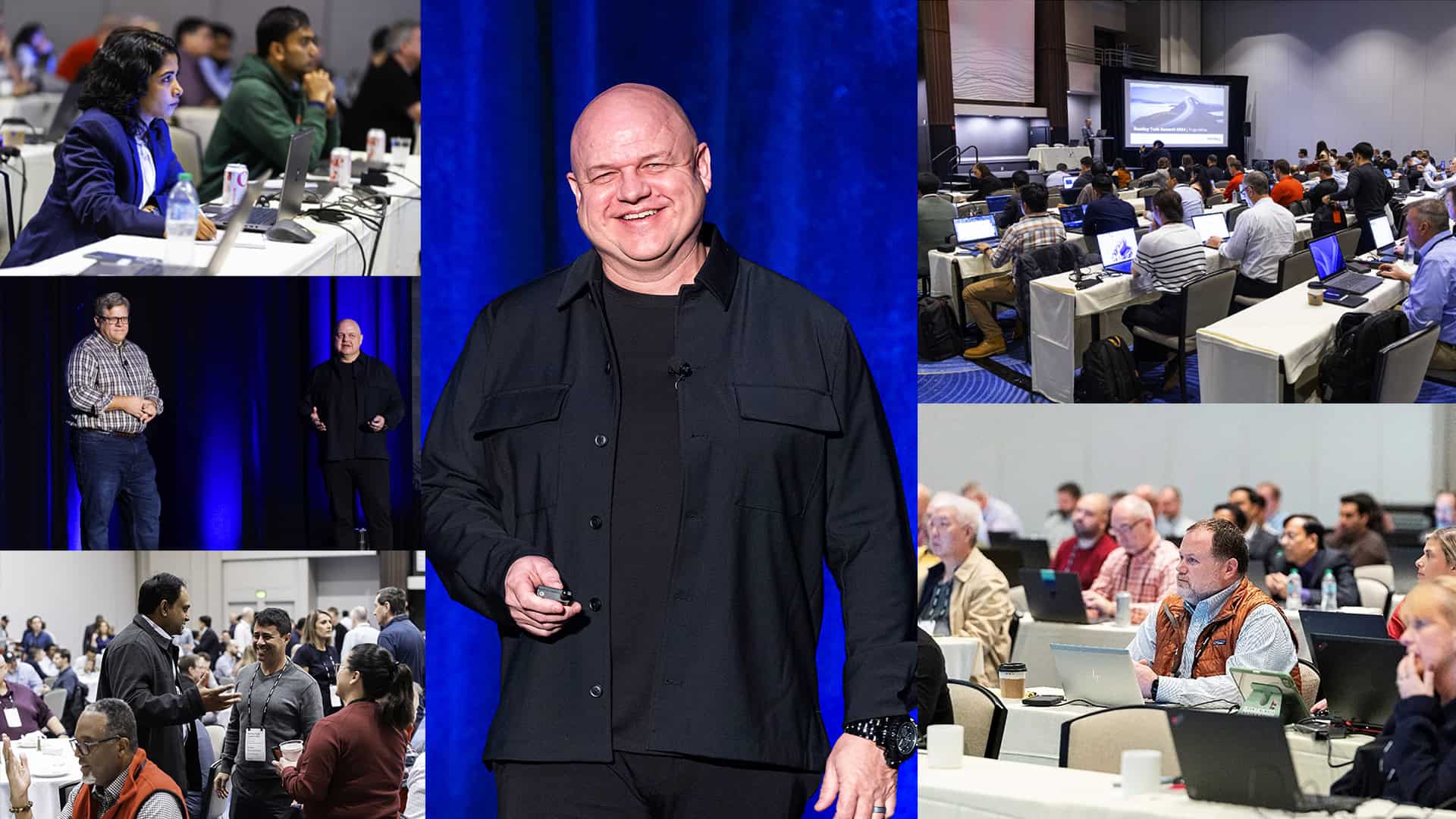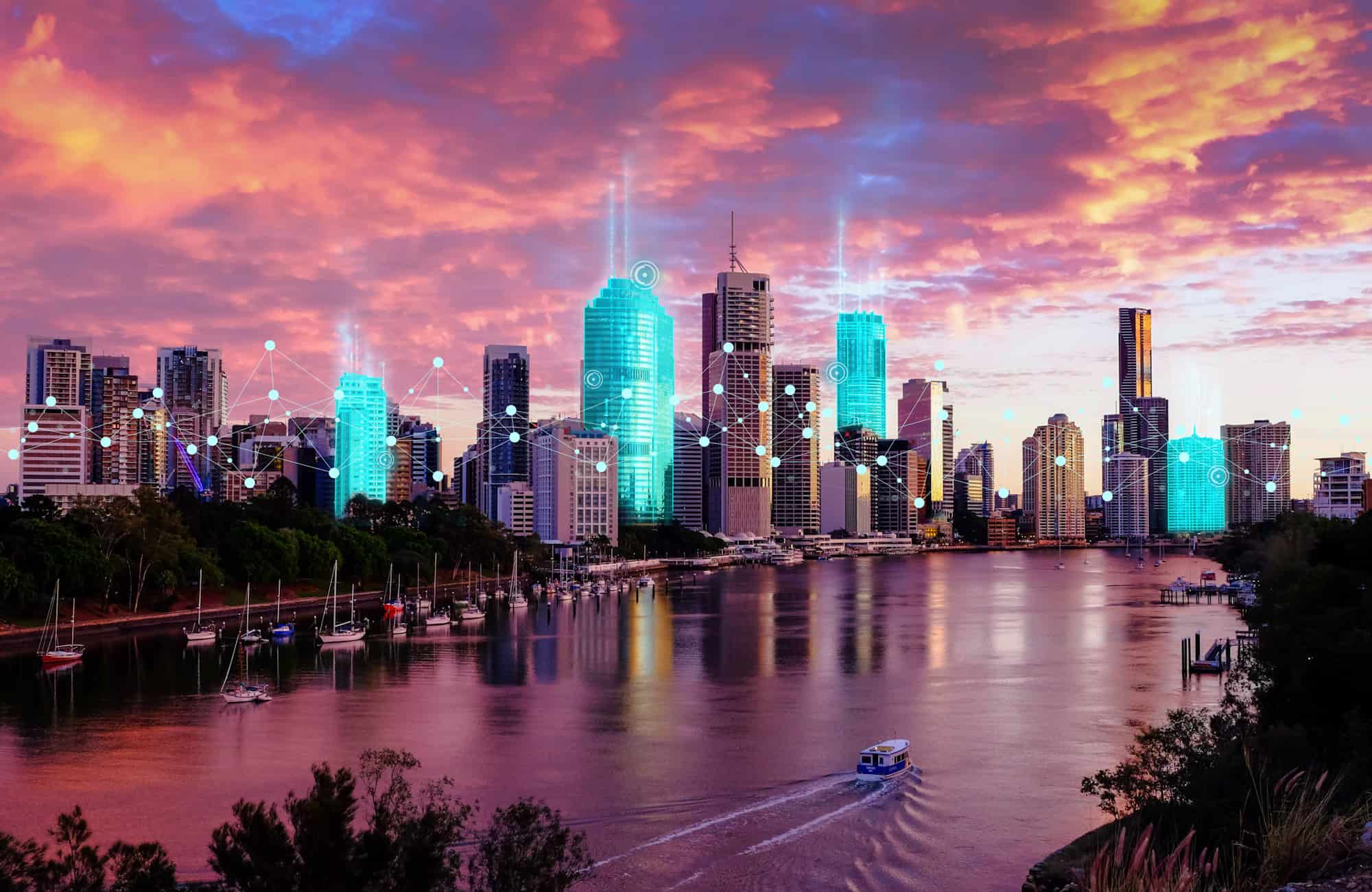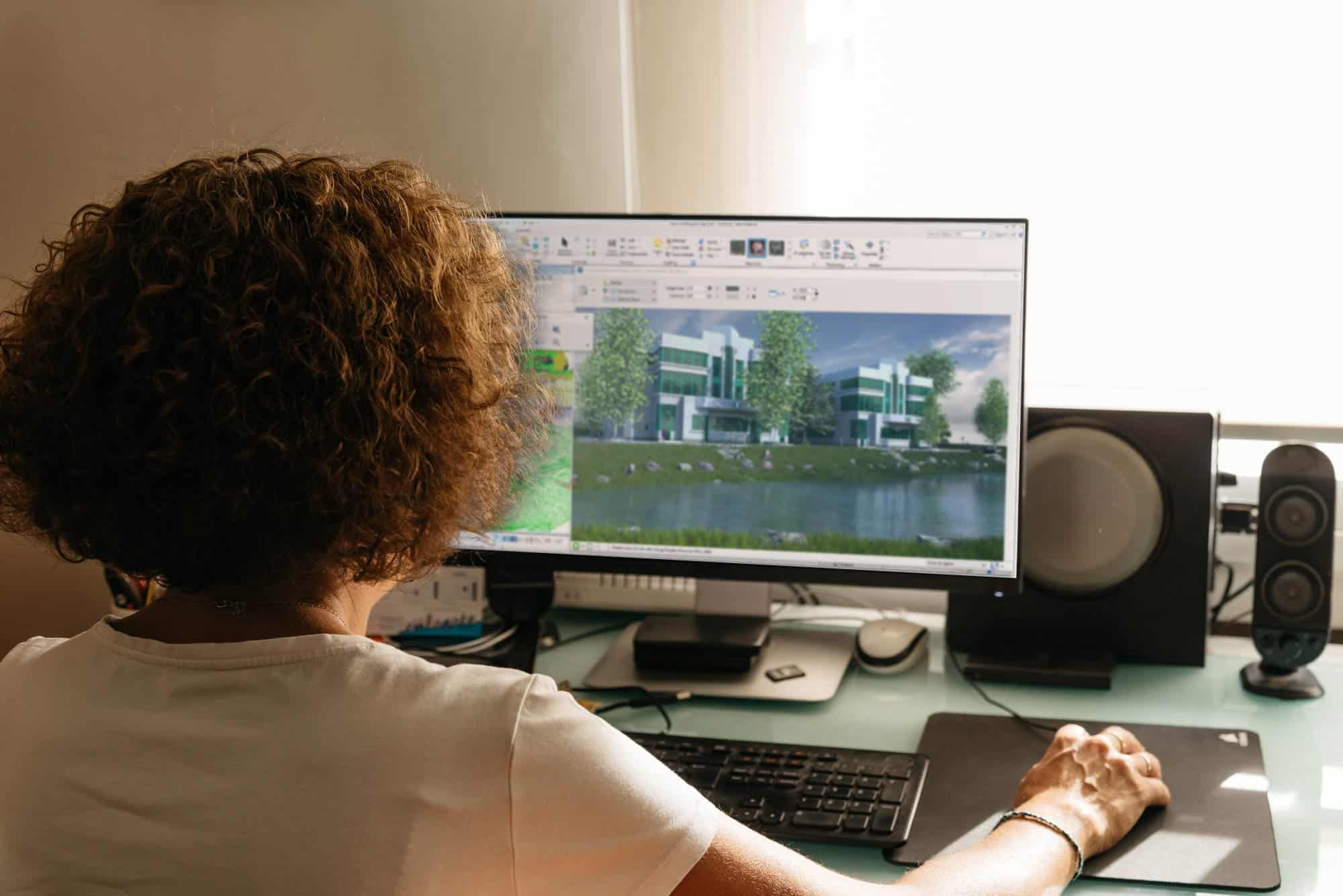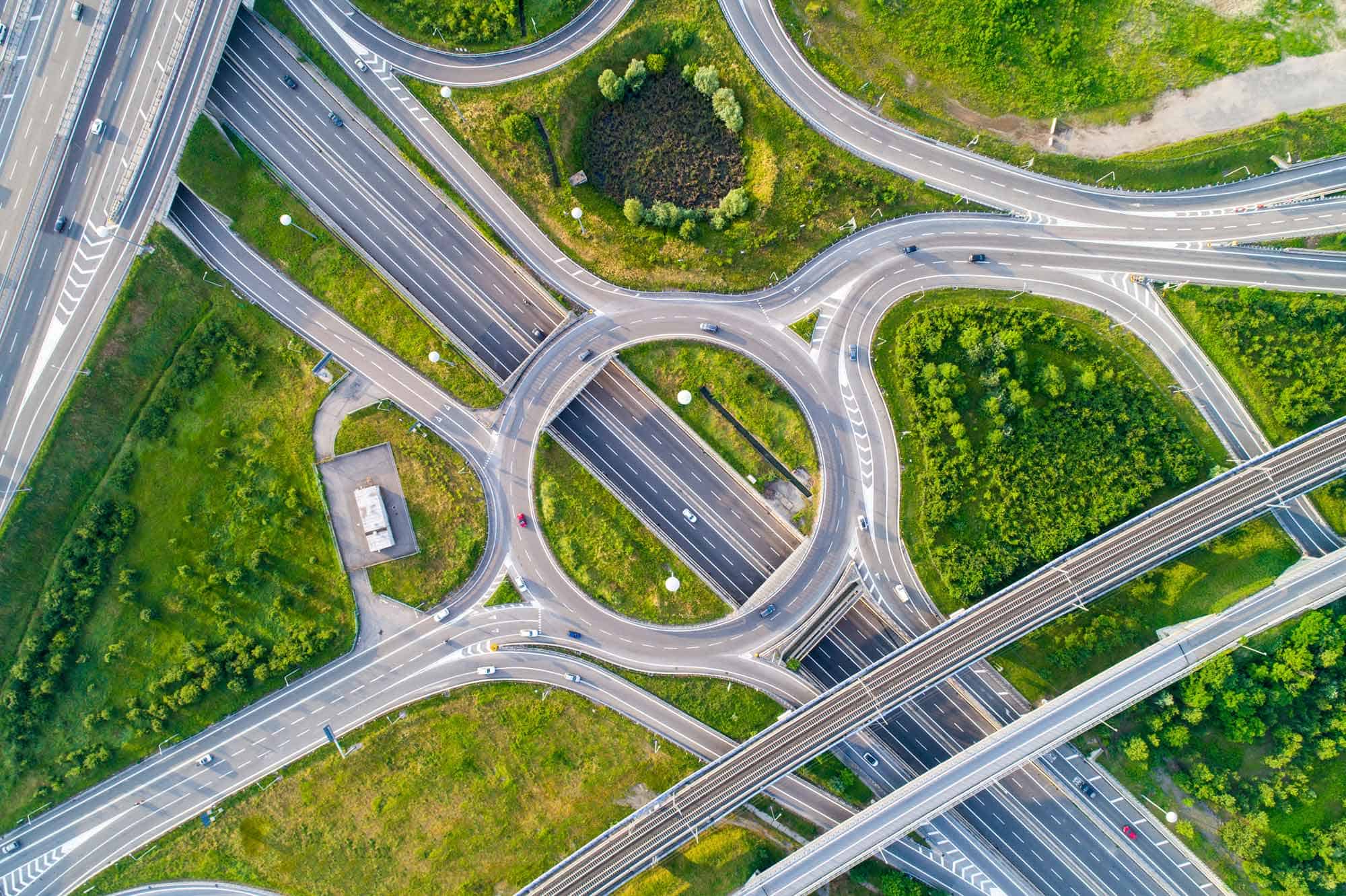Portland, Oregon: A City with a Vision of Creating a Sustainable Future
Portland, Oregon is commonly known for its rainy weather, outdoor activities like hiking and biking, and its quirky charm showcased in the popular TV show Portlandia, but there’s much more to this lively city. Portland is widely regarded for its sustainability and innovation, earning its green city reputation through an unwavering commitment to eco-friendly practices. From its extensive network of bike lanes to its pioneering public transportation system, Portland is at the forefront of the movement towards a cleaner, greener future. Portland’s vibrant community, passionate about environmental stewardship, is transforming urban living and proving that sustainability isn’t just a goal – it’s a way of life.
Portland’s sustainable infrastructure evolution:
- Sustainable city infrastructure design
- Community-first planning and public input
- Meeting sustainability goals with the help of OpenRoads and MicroStation
Addressing Urban Infrastructure Challenges in Portland
But as the city continues to grow, so do the challenges of maintaining an environmentally friendly and community-focused urban environment. Portland faces unique difficulties including frequent rain events and a diverse landscape with steep roadways and cross slopes that challenge traditional infrastructure design. This is where the City of Portland and Portland Bureau of Transportation (PBOT) stepped in to maintain and transform the city’s infrastructure.
However, like any agency, the city operates with a limited number of resources. To overcome these challenges and maximize impact, the city focuses on designing projects that are efficient, buildable, and constructable. There is a direct relationship between efficiency, the time spent on a project, and the amount that can be built. This makes having the right tool for the job essential to complete work efficiently and sustainably.
PBOT understands the key to successful urban development lies in active community engagement. By listening to residents, understanding their needs, and incorporating their feedback into every project, PBOT can ensure improvements will not only enhance the city’s sustainability, but also resonate with the people who call Portland home.
“It’s so important for us to have the right tool for the job to get it done efficiently, and sustainably, as we are building the most sustainable city in America,” said Dylan Rivera, public information officer, Portland Bureau of Transportation.
Bentley’s products, OpenRoads and MicroStation , specifically, became the game-changer in PBOT’s journey towards sustainable infrastructure. From advanced modeling tools to comprehensive project management solutions, Bentley’s design technology enables PBOT to design, analyze, and implement infrastructure projects with precision and efficiency.
“OpenRoads allows you to do all the 3D modeling that we need to. The 3D model allows the contractor, and the surveyor, and sometimes even the public to see what we are building before we are building it,” said Paul Rudwick, engineering supervisor, civil engineering and design section, Portland Bureau of Transportation.
“OpenRoads plays a key part in the sustainability of our projects,” said London Howell-Farley, civil engineering associate, Portland Bureau of Transportation.
These tools help optimize resources, reduce environmental impact, and create resilient systems that can adapt to future challenges.
“[With MicroStation], we developed some code that allowed us to use Geospatial Context and all of our data, and with a click of a button, in about 10 seconds, you bring in all of your GIS background files,” said Rudwick. “For every project, eight hours turned into 10 seconds by using Bentley products. It was a huge win for the city, a huge win for our CAD team. It is a huge time save.”
As Portland continues to evolve and grow, PBOT remains committed to leveraging cutting-edge technology and community input to build a sustainable future for the city and its residents. Bentley products will continue to play a crucial role in these efforts, helping create a city that is not only environmentally responsible but also vibrant and livable for generations to come.
Visit our product pages to learn more about MicroStation and OpenRoads








